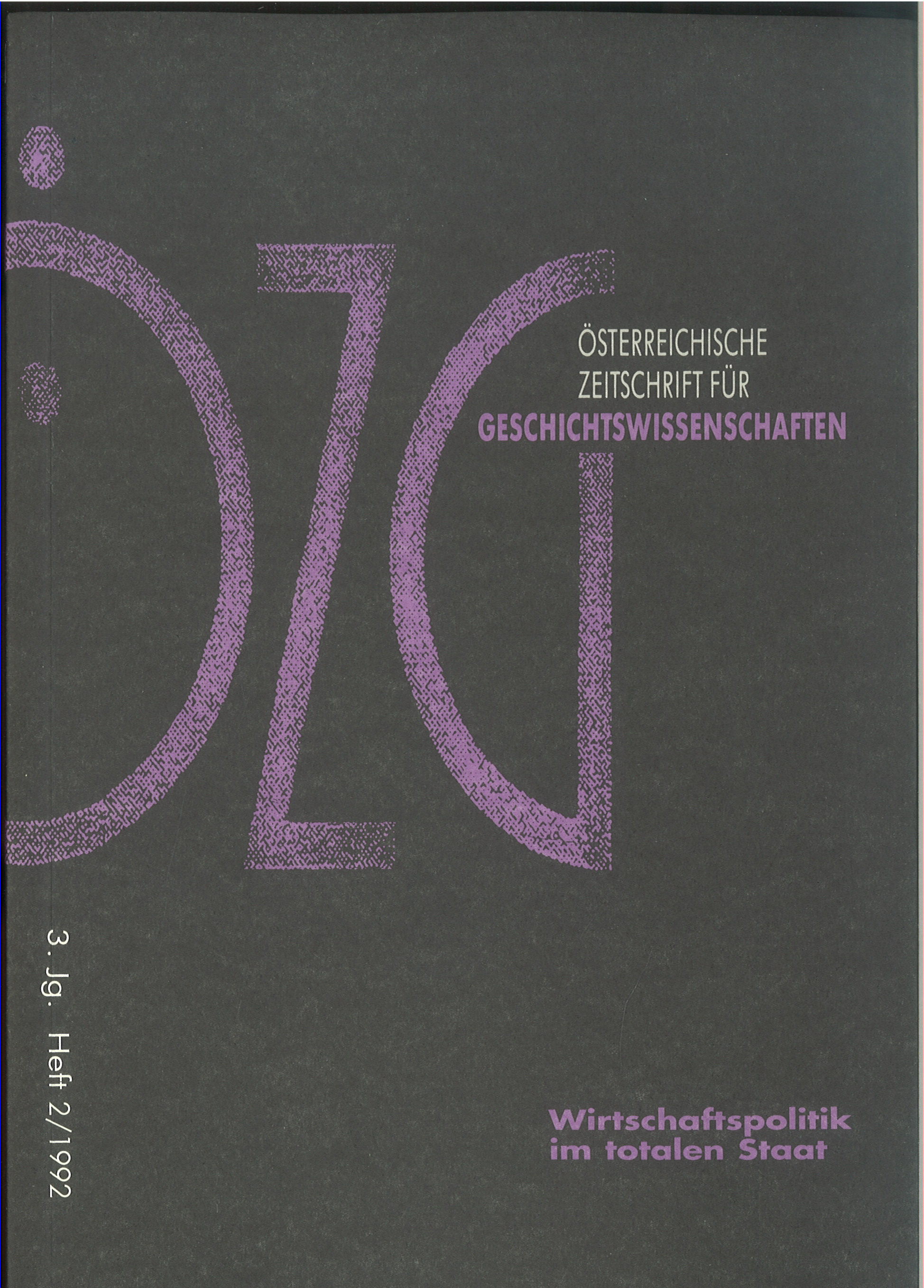From a Regulated Market Economy to a War Economy
Hungarian lnstitutions, Elites and ldeologies Before and After the Second World War
DOI:
https://doi.org/10.25365/oezg-1992-3-2-3Abstract
During the interwar period the reemerging Hungarian market economy was quickly swept away by the effects of the Great Depression, which shattered the traditional consensus of the social elites, i.e. aristocractic landowners, entrepreneurs and the socalled military-bureaucratic elite. The latter, primarily intellectuals and smallholders of aristocratic descent, when forced to take employment, monopolized most of the administrative and army-positions. Under their growing influence the government started a huge military investment program, the „Györ Program“ of 1938, which triggered an upward spiral of budget spending. Market-economy institutions were replaced by a variety of government agencies, which aimed at controlling and coordinating the increasingly difficult distribution of increasingly scarce goods and services. Wanting to establish a corporative, fascist society, the right-wing faction of the military-bureaucratic elite politically neutralised the aristocracy and eliminated - first socially and eventually physically - the Jewish bourgeosie. In contrast to its predorninantly agrarian neighbours Hungary in 1938 exhibited all signs of a country standing at the treshhold of a developed economy. War economy and its regulatory measures resulted in a disproportionate industrial growth. lt was with this structural legacy that Hungary entered the phase of a state controlled, planned economy.


